Description
Because of the lack of television, radio and magazines, early mountebank and craftsman applied their news and goods. These „market crier“ were a highly visible and above all inescapably audible part of the life, partial natural sight, partly exotic outsiders – and so already early part of the art.
The 18th century, time of the rococo, experienced a boom with representations of the everyday life and its representatives, among them just also those salesperson types, which were received as „Cris de Paris “in art-historical language vocabulary. Here the models drafted by Johann Joachim Kändler protrude particularly. Among his „Cris de Paris“- series, which covers 34 well-known figures, is also this young man in a costume of a courtier with yellow frock and violet knickerbockers, combed and powdered hair, offering a lemonade and a Petit Four to refresh. Because it concerned particularly in the category fashion, such fine-painted figures served to accelerate the conversation of the fine society. And: until today the expression „last crier” for fashion is still alive.
Johann Joachim Kändler (1706-1775) was for nearly three decades the coining personality oft he Königlich-Sächsische Porzellan-Manufaktur Meißen. With him the factory had an experienced leader concerning the technical interests of the porcelain production and artistically on the height of the productivity and invention.

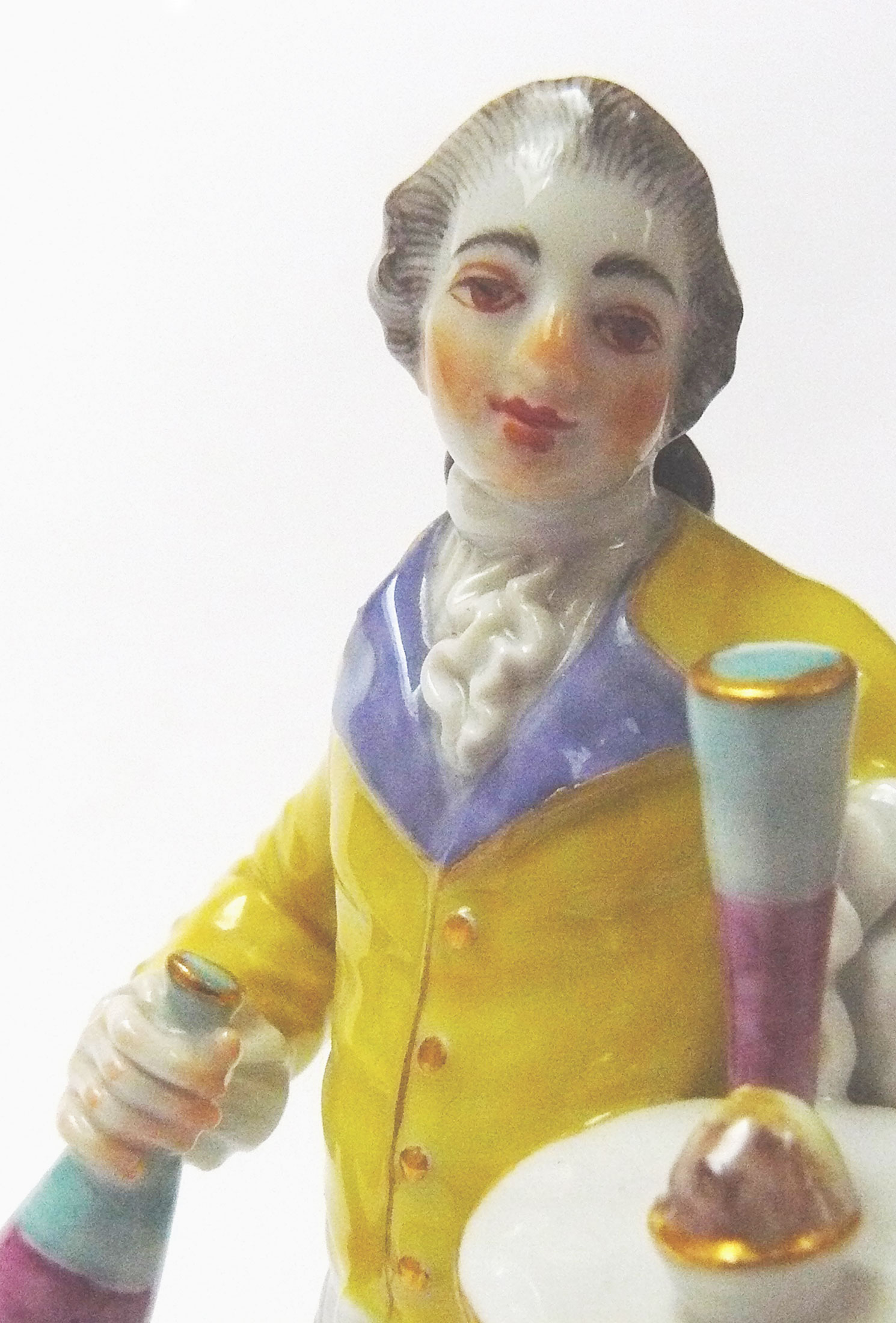

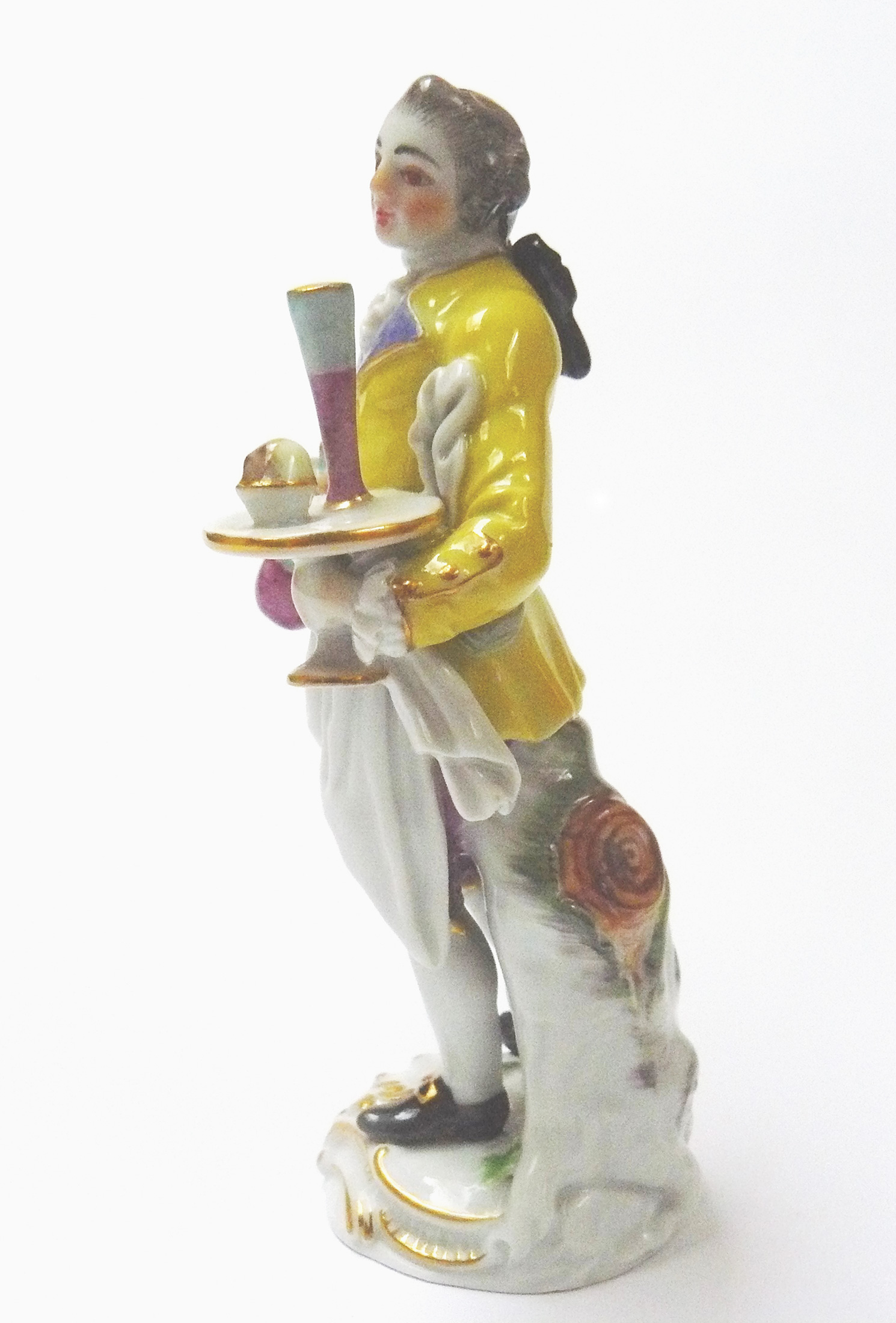


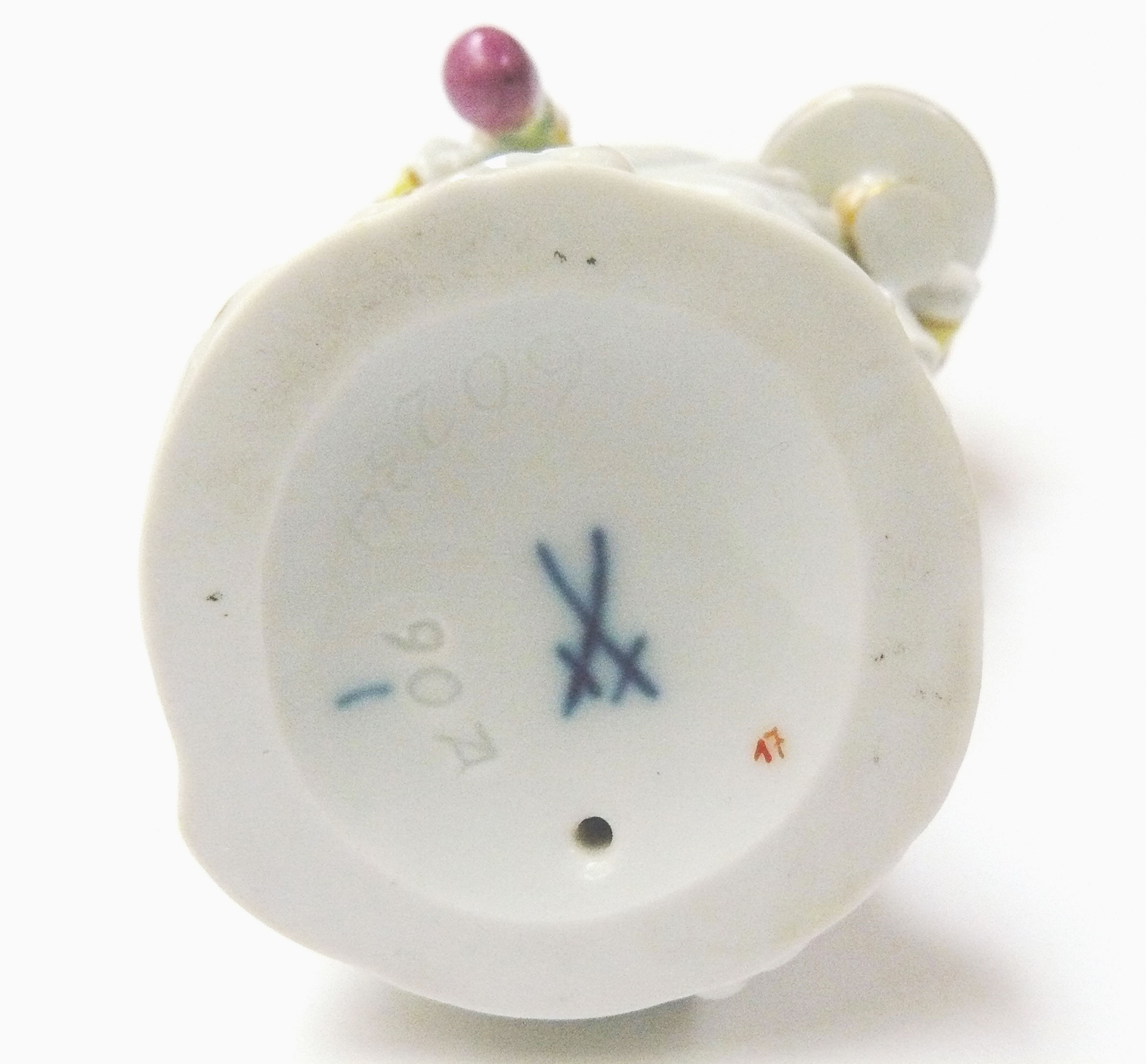
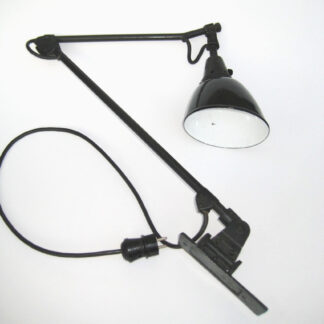
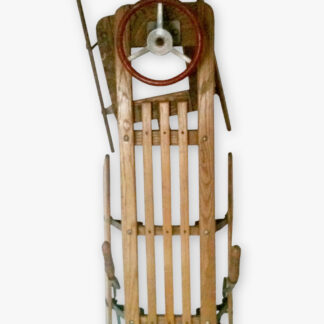
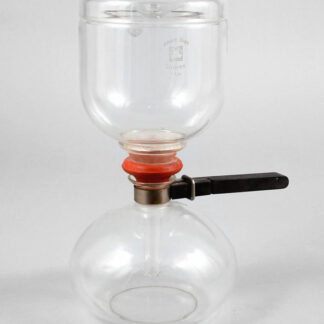
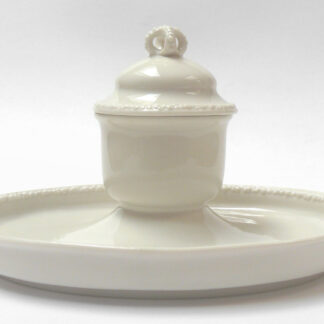

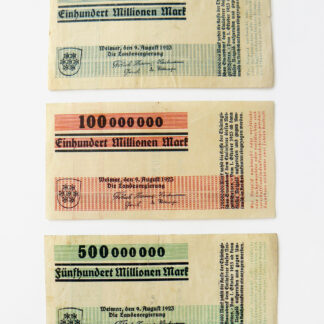

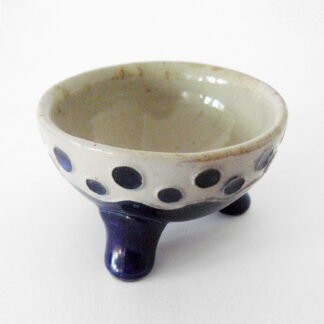

Reviews
There are no reviews yet.